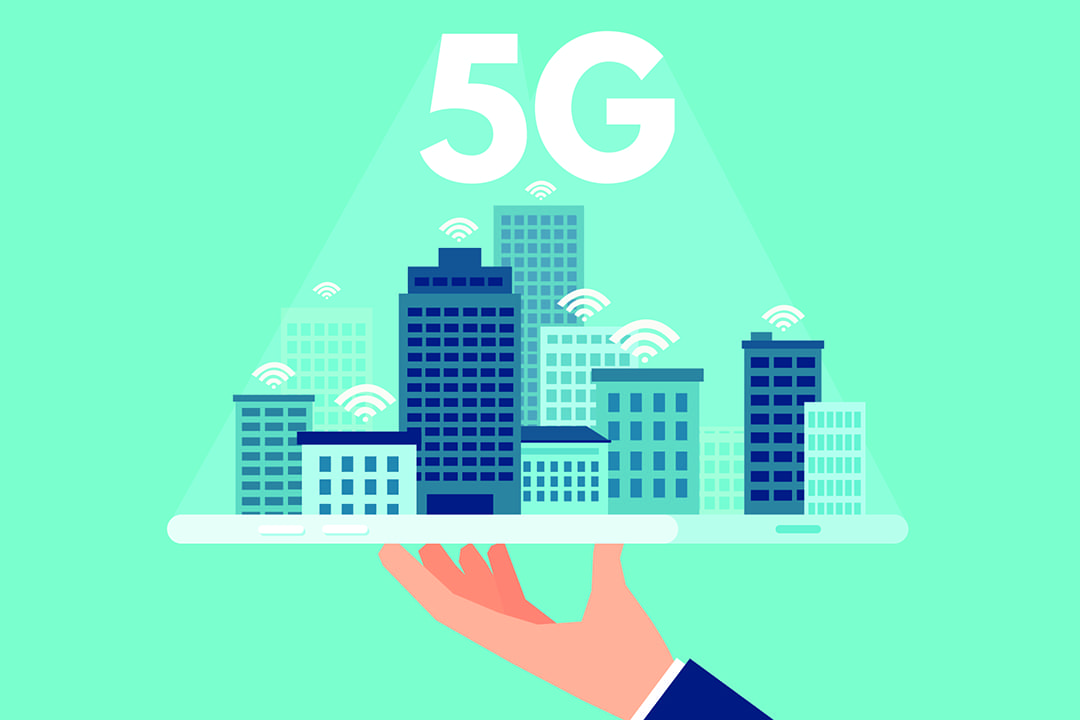5 Ways 5G Will Change Your Life

Historically, there have been three industrial revolutions each transforming innovation and technology. Currently, we are in the beginning of the fourth industrial revolution – the cyber revolution. Which combines the physical and digital world ignited by the implementation of 5G.
The hype surrounding 5G has been dominating the telecommunications industry and will continue to do so for years to come. Media sources have been highlighting faster speeds, reliable networks and innovation across all sectors. Our daily lives as consumers will change drastically, but it will be a slow process.
Here are 5 Ways 5G Will Change Your Life:
- The Future of Vehicles
Semi-autonomous vehicles are the future of driving. Not only will it affect riders, the implementation of 5G will force supply chain and logistics to be redefined (car parts must be able to communicate) and insurances will have to cover technical failures as well as drivers. The good news is vehicle crashes could fall by 90 percent allowing savings in the billions.
In order for semi-autonomous vehicles to be successful, roads must be designed with smart cars in mind. The right-of-way will have to be engineered for semi-autonomous vehicles and all other IoT devices. Signs and street lights will have to be readable from distances allowing vehicles time to react and communicate with other drivers. For this to be possible, society needs a network that can handle the increase in data and communication generated by semi-autonomous vehicles, and this is 5G.
- The Future of Public Safety
First responders, firefighters and policemen have always evolved with technology (mobile radio, phone and data, video) and will continue to do so. Smart emergency vehicles, wearable technology and body cameras will require the instant communication provided by 5G. In emergency situations such as natural disasters, first responders will have the advantage of situational awareness through phone and video to make well informed decisions in real time.
Potentially, public safety might include street cameras that will be able to recognize a person’s face, gait and other minute details. Public venues would be able to screen each attendee and match them with known potential threats. 5G will provide the speeds and reliability needed to support these safety functions.
- The Future of Medicine
A 5G network will promote innovation and growth in healthcare by providing high speeds, reliability and constant communication between doctors, patients and other devices. Connectivity will allow for shorter wait times, faster service and improvements in diagnostic and surgical tools. You will be able to check -in at the hospital before even arriving. Other processes will be streamlined and more accurate – cutting un-necessary costs and time for the patient and the provider. 5G will also reduce the time needed to transfer files of image and videos allowing real-time diagnoses as well as monitor patients concurrently.
Thanks to 5G, tele-health care will be a game changer for those in chronically underserved rural locations. Tele-health care is the use of telecommunications to support and promote long-distance healthcare. Specifically, for those who must travel long distances or invest financial resources. Tele-health allows medical specialist via video or phone to converse with patients saving time and money. Children’s Mercy Hospital located in Kansas City, Missouri provides a telemedicine program which includes 26 specialists.
- The Future of Media
5G will create a disruption within the media and entertainment industry. With the high speed, low latency, capacity and reliability improvements of 5G, we can expect innovation within the entertainment industry. Cloud-based gamming for example, is expected to have major breakthroughs once the 5G network is fully deployed.
Each wireless generation changed how consumers use devices. For example, 4G changed how we consume media. Gone were the days of downloading content onto a desktop. A culture of streaming on mobile devices emerged bringing forward a new era of communication. 5G will allow content to be accessed virtually anywhere.
- The Future of Education
Traditional class rooms may become extinct as smart classrooms replace them. Technology allows educators to explore complicated topics and creates a collaborative environment for students.
Augmented reality (AR) and virtual reality (VR) will allow students to explore the world and cultures without leaving the classroom. Augmented reality adds digital elements to a live view often viewed through a camera – think Pokemon Go or Snapchat Lenses. VR is a complete immersion into a digital world leaving behind the physical world – think Oculus Rift or HTC Virtual Reality. With 4G, AR and VR developments can be hindered by a slow or unreliable network. AR and VR require low latency and high bandwidth and with 5G can transform how students learn and interact.
Conclusion
Engineering firms are preparing for this shift in technology. Network providers have been rolling out 5G in different markets across the United States and expect to see a return in the next few years. BHC has been leading the shift in telecom engineering for 29 years working with companies who are driving the future of 5G technology. Contact Bill Brungardt to learn more.
